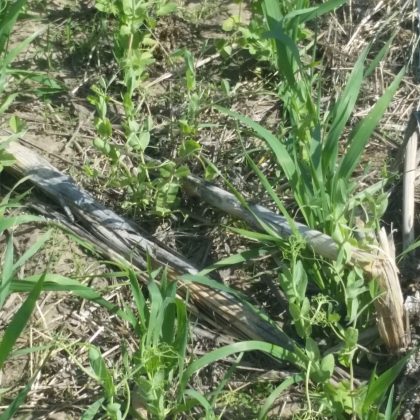Rice Growers Beware: Study finds 3 of 4 residual herbicides reduce crop performance
Fall-applied residual herbicides are often used to control glyphosate-resistant Italian ryegrass – especially in the Mid-South. But growers who use rice as a rotational crop need to beware. Researchers writing in the journal Weed Technology say several popular residual herbicides can reduce the performance of rice crops.
The warning reflects the findings from field studies conducted to evaluate the impact of the residual herbicides clomazone, pyroxasulfone, S-metolachlor and trifluralin. Each was applied in the fall before rice seeding – at the suggested use rate and at two times the suggested use rate.
Pyroxasulfone, S-metolachlor and trifluralin produced greater injury to rice plants than clomazone, regardless of the application rate. The same was true when it came to rice seedling density, height and maturity.
Researchers say there is a clear choice for growers planting rice. Only clomazone should be used as a fall-applied residual herbicide.
Want to know more? You can find the full text of the article “Effect of Fall-applied Residual Herbicides on Rice Growth and Yield” in Weed Technology Vol. 32, Issue 5.






